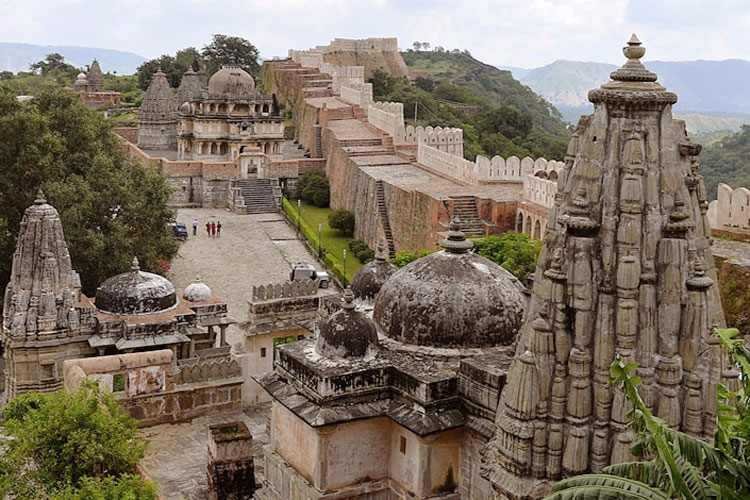Tucked away in the eastern reaches of Rajasthan, Ranthambore National Park stands as a sanctuary not just for wildlife, but for untamed stories whispered through the forest. Home to the majestic Bengal tiger, this former royal hunting ground invites wildlife enthusiasts, conservationists, and travelers alike to witness nature in its most raw and regal form. A visit here is not complete without exploring the core tiger territories such as the Ranthambore Safari Zone, where the chances of tiger sightings are both thrilling and incredibly real.
The Legacy of Tiger Territory
Ranthambore is more than a wildlife destination—it’s a storybook of natural heritage. From the dry deciduous forests to the hauntingly beautiful ruins of Ranthambore Fort, this national park combines wilderness with history. Spread over 1,334 square kilometers, the park is divided into ten safari zones, each with its own distinct landscape and tiger population. This division ensures a balanced spread of tourists and minimizes disturbance to wildlife.
Travelers often come armed with cameras and binoculars, hoping to catch a glimpse of the elusive tigers in their natural habitat. But while tiger sightings are never guaranteed, certain zones have gained a reputation over the years for being hotspots.
Zone 2: The Gateway to Majestic Sightings
Zone 2 is one of the oldest safari regions and often one of the most rewarding. Featuring dense forest trails, rocky outcrops, and watering holes, this zone has seen consistent tiger activity. Tigers like Ustad and Noor once roamed this zone and passed on their territories to newer generations. The occasional leopard and sloth bear add to the surprise element.
The area around Jogi Mahal and the base of Ranthambore Fort has become a key attraction within Zone 2. Wildlife often uses the terrain for shelter, and visitors frequently report thrilling encounters at Rajbagh Talao—a picturesque lake that reflects not only the landscape but also the fierce beauty of the big cats.
Zone 3: The Scenic Charm with High Tiger Density
Famed for its trio of lakes—Padam Talao, Malik Talao, and Rajbagh Talao—Zone 3 is a photographer’s dream. It’s not uncommon to see tigers lounging near the water or patrolling their territory in the early morning mist. The serenity of the lakes contrasted with the raw unpredictability of tiger sightings gives this zone a mythical aura.
Zone 3 is where the essence of Ranthambore’s jungle tales truly comes to life. Stories of tigress Machli—the legendary “Queen of Ranthambore”—still echo through these parts. Even after her demise, her legacy continues through her progeny, who now rule these forest stretches.
Zone 4 and 5: The Newer Frontiers
Although relatively newer in terms of safari fame, Zones 4 and 5 have emerged as dynamic spots for wildlife exploration. With the increasing tiger population being redistributed, these areas now house dominant males and breeding females. Visitors have reported multiple tiger sightings within a single safari, especially during the cooler hours of the day.
The forest cover here is denser, and the terrain includes steep cliffs, open grasslands, and seasonal rivers, making the safari experience more adventurous. This region is where stories unfold not in solitude but through thrilling chases and territorial roars.
The Role of Responsible Safaris
Ranthambore operates two main types of safari vehicles: jeeps and canters. While both offer immersive experiences, the Canter Safari in Ranthambore is particularly ideal for larger groups and provides an elevated view of the landscape. The forest guides, trained by the Forest Department, are deeply knowledgeable and often recall past sightings and lineage tales of various tigers, adding depth to every journey.
Eco-conscious tourism is at the heart of Ranthambore’s operations. Park regulations ensure minimal human intrusion, and resorts near the park have adopted sustainability practices to support this cause.
The Ideal Retreat for the Tiger Trail
To fully immerse in the wilderness experience, where morning safaris begin with misty dew and evenings end with tribal tales, selecting the right stay is essential. Choosing the Best resort in Ranthambore ensures not just comfort but also proximity to safari gates, eco-tourism ethics, and an authentic jungle atmosphere.
These resorts often offer customized packages that include nature walks, birdwatching sessions, and storytelling evenings that highlight Ranthambore’s ecological importance and tiger conservation history. Whether you’re a seasoned wildlife photographer or a family on a nature getaway, staying close to the forest amplifies the magic.
Final Thoughts: More Than Just a Jungle
Ranthambore’s true charm lies not just in the sightings but in the anticipation, the silent moments between a distant roar and a rustle in the bush. It’s about tracing paw prints, following alarm calls, and learning the backstories of the forest’s royal residents.
Each zone, each trail has a tale to tell—stories of dominance, survival, and rebirth. When you leave Ranthambore, you take with you more than photographs; you take memories etched with adrenaline, awe, and reverence.




